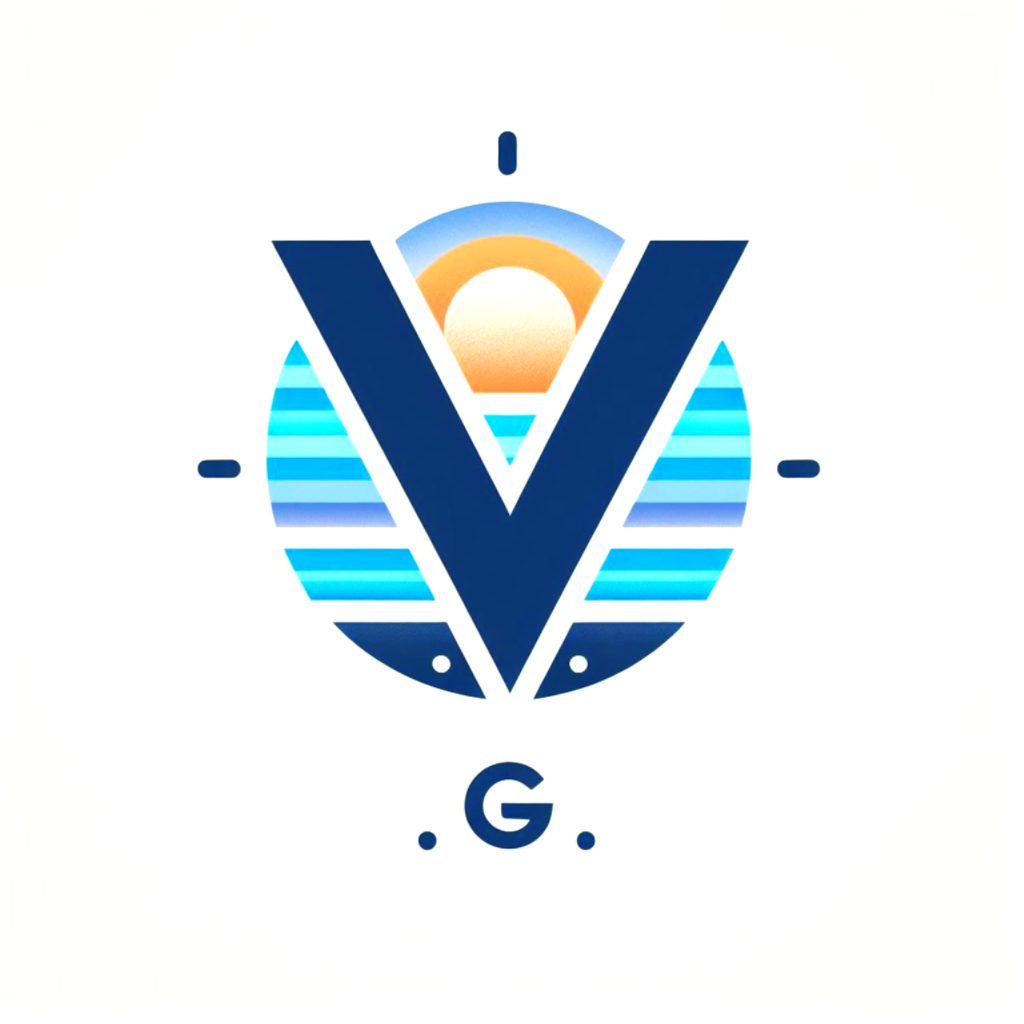Understanding Docker and Docker Compose as a Junior Front-End Developer
 Vukani Gcabashe
Vukani Gcabashe
As a junior front-end developer, my journey into Docker started as I sought to grow my skills and tackle more complex projects. Docker might seem like a tool primarily for back-end developers or DevOps, but its benefits for front-end workflows have proven invaluable. In this article, I’ll share:
- why I began learning Docker.
- how it fits into the development process.
- practical steps to get started using Docker for your own front-end projects.
Why I Started Learning Docker
When starting as a front-end developer, my primary focus was mastering frameworks like React or Vue.js & tools like Render to deploy single applications. As my projects grew in complexity and I began collaborating more at work, I saw a need to manage multiple interconnected applications effectively. Docker stood out as a solution to package & deploy these applications consistently.
Docker allows you to:
- Standardize environments: No more “it works on my machine” issues.
- Simplify deployments: Package applications with their dependencies into lightweight containers.
- Enhance collaboration: Share the same development setup with your team.
When Docker is Used in the Development Process
Docker shines in scenarios like:
- Running isolated development environments.
- Deploying microservices.
- Testing applications in production-like conditions.
- Simplifying CI/CD pipelines.
Seeing the Need for Docker
Initially, tools like Render made deploying single applications straightforward. However, as I began working on projects with multiple services—for instance, a front-end client, a back-end API, and a database—the limitations of traditional deployment methods became evident. Managing these services manually or relying on third-party tools was cumbersome.
At work, Docker started becoming useful for:
- Running multiple applications locally without conflicts.
- Standardizing the development environment across team members.
- Simplifying the deployment process for multi-service applications.
Installing Docker Desktop Locally
Getting started with Docker requires installing Docker Desktop on your machine. Here’s how you can do it:
Download Docker Desktop:
- Visit the Docker Desktop download page.
- Select the version suitable for your operating system (Windows, macOS, or Linux).
Install Docker Desktop:
- Follow the installation instructions for your OS.
- On Windows, ensure that WSL2 is enabled for better performance.
Verify the Installation:
- Open a terminal and run
docker --version. - You should see the installed Docker version.
- Open a terminal and run
Start Docker Desktop:
- Launch Docker Desktop and make sure it’s running in the background.
Running a Vue.js Project on Docker
Let’s walk through running a Vue.js project in a Docker container:
Create a Dockerfile in your project directory. This file defines the steps to build your container:
# Use the official Node.js image as a base FROM node:16-alpine # Set the working directory in the container WORKDIR /app # Copy package.json and package-lock.json COPY package*.json ./ # Install dependencies RUN npm install # Copy the rest of the application’s code COPY . . # Expose the port your app runs on EXPOSE 8080 # Define the command to start the app CMD ["npm", "run", "serve"]Create a
docker-compose.ymlfile for managing multi-container applications (optional):version: '3.8' services: vuejs-app: build: . ports: - "8080:8080" volumes: - .:/app - /app/node_modules command: npm run serveBuild and Run the Docker Container:
- Build the image:
docker build -t vuejs-app . - Run the container:
docker run -p 8080:8080 vuejs-app
- Build the image:
Access Your Application:
- Open your browser and navigate to
http://localhost:8080.
- Open your browser and navigate to
For a detailed guide on creating a Dockerfile, check out Docker’s official documentation.
Growing Efficiency with Docker
Learning Docker has been a game-changer for me. It’s helped me:
- Run personal projects locally with consistent environments.
- Experiment with deploying multi-service applications.
- Collaborate more effectively with team members by sharing Docker configurations.
As I continue to grow my Docker skills, I’ve realized that the key is to start small and gradually build on your knowledge. Whether you’re deploying a simple Vue.js app or managing a complex project, Docker is an invaluable tool for any developer.
I hope this article inspires you to take the first steps into the world of Docker. Happy coding!
Subscribe to my newsletter
Read articles from Vukani Gcabashe directly inside your inbox. Subscribe to the newsletter, and don't miss out.
Written by

Vukani Gcabashe
Vukani Gcabashe
This is Vukani Gcabashe, a software engineer / software developer living in South Africa. I am committed to Inspiration Starts Here but also practice programming by making websites or web applications on contract. I love what I do & trying to be quite good at it but getting there is a process, but we can do it together.